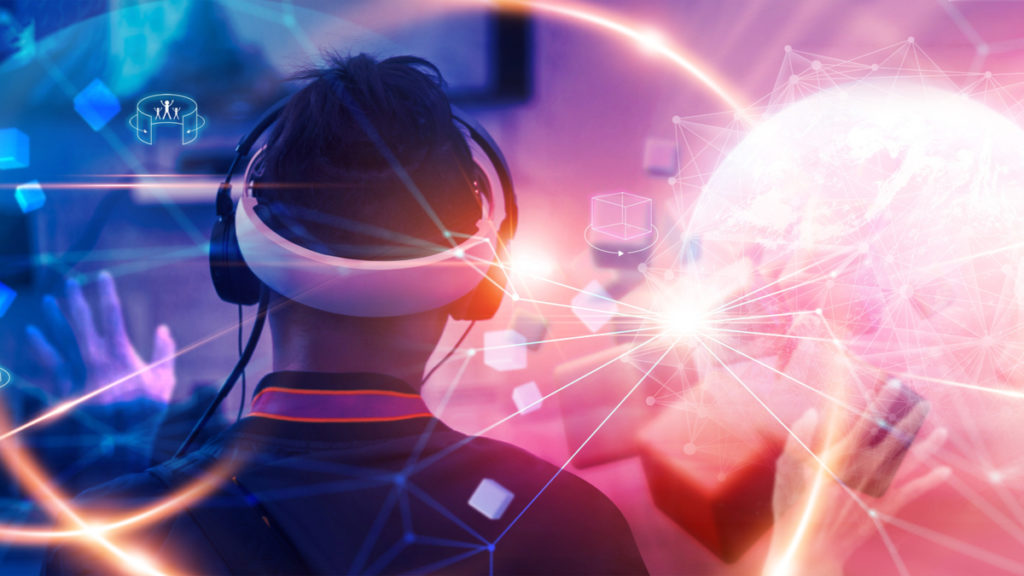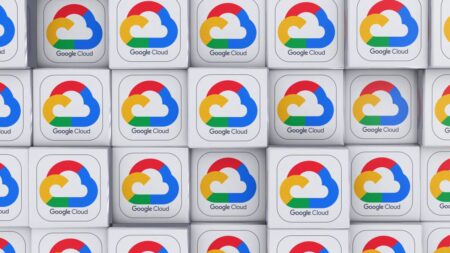What would you get if the IoT (Internet of Things) and the metaverse got together and had a baby? What are the opportunities that might arise out of that union or intersection? To be honest, this is probably one of the more difficult prognostications to make. Why? Well, what is the metaverse? What is the IoT?
Metaverse vs IoT
The metaverse is the buzzword du jour. As far as a definition goes, there are many. Some folks call it virtual worlds, some call it some experiential outcome of Web3 which is alleged to be the next big transformation of “the Internet”. Some believe that it is going to be a blending of virtual and physical worlds into a cyberphysical mashup. One thing is certain, the metaverse is at best a blob. It is a buzzword that is highly overloaded and constantly morphing in scope, variety, and form. In simple terms, the metaverse is a virtual world that hosts a virtual community.
The Internet of Things, or IoT, is probably as expansive and overloaded a concept as the metaverse. At its core, IoT is about instrumenting things, connecting them, and applying analytics to extract meaning and insights from the data harvested from the long-prophesied tens of billions of connected IoT devices. The IoT Industry is famous for its struggle to reconcile years of inflated expectations and a long legacy of having been there before the term “Internet of Things” was coined. The IoT continues to expand in scope in search of a TAM that will fulfill the lofty promises of an IoT of connected devices and economic benefit.
What is IoT + Metaverse?
If we are to figure out what IoT + Metaverse means or is, we should examine where the two worlds intersect. This area of intersection would be the digital twin. It would be a funky application of digital twin, but there are interesting implications to discuss here.
Digital twin has recently become another buzzword that has its origins in NASA and the world of PLM (Product Lifecycle Management). A digital twin is not a digital avatar, which is more like a character you might play in a fantasy MMORPG (Massively Multiplayer Online Role-Playing Game). Typically, you look like a Silvan elf like Legolas more than you look like your true physical self.
Then what is a digital twin? In simple terms, a digital twin is a digital reflection of the physical state and condition of a unique physical thing. Ideally, the reflection is as close to real-time as possible and is practical. Condition monitoring is an IoT application that has been around for a long time that uses digital twinning. Digital twins are used to give digital meaning to data that represents the dynamic attributes of a thing that you are monitoring. Take your heart rate, temperature, or your blood pressure for example. These are not static attributes of yourself. They are dynamic and always changing unlike the color of your eyes. For a water pump, the dynamic attributes might be vibration, the speed of the impellers, the temperature of the motor.
There are two approaches to defining the scope of digital twins. One approach defines digital twin as an umbrella concept that covers data ingestion, data management, modeling, and simulation. With this approach we are seeing the concept of digital twin become more complex and overloaded.
My preference is to focus the definition of digital twin on the core of its function, serving as a mirror for a unique physical object and its digital reflection. The reason? Creating the mirror is tough and complex. I view things such as modeling and simulation as applications that can be built on top of a digital twin and its data exhaust or historical data.
What does the digital twin mean in relation to metaverse? The closest we have today to a digital twin application for what you might call the metaverse is a fitness tracker or smartwatch that can measure your heart rate in a social fitness application. An early example might be Sony’s Playstation Eye or Microsoft’s discontinued Kinect motion controllers that translated gesture and skeletal detection into control signals for gaming. A form of digital twin would have been needed to map gesture control signals to the appropriate limbs of a digital avatar in a game.
Why Will the Intersection of IoT + Metaverse Matter?
There seem to be two varieties of metaverses or at least two threads of conversation about metaverse. The first is the VR metaverse which is what Meta (formerly Facebook) is fronting. The other variety is the AR or augmented reality variety, which is about cyberphysical meta environments that will be the backbone for the future of AR. These “metaverse” archetypes are already in play.
The best example of a foundational application is the maps application on your phone. This is probably the number one AR application that we use today. We just don’t see it as such at the moment because it is merely informational, and you must look down at your smartphone or listen for directional or contextual cues. We don’t call it AR because we have been indoctrinated to think that AR can only happen if you have fashionable glasses that people who don’t need to wear glasses will wear.
For the VR Metaverse, IoT will supplement your experiential interface into a virtual world or metaverse. Much like gaming interfaces today that attempt to capture your motion and control. You will have IoT devices attached to your body or a sensor-laden body suit to instrument the state of yourself in terms of condition and health that might illicit a response in the virtual realm.
For example, a fused reading of elevated heart rate and breathing rate might trigger your avatar, which might not look anything like you, to start sweating, or the virtual constitution of your avatar might go down reducing its strength in the virtual environment and making it more susceptible to fatigue. You might see such a mechanism implemented in a Dungeons and Dragons metaverse, for example, or an athletic simulation.
For the AR metaverse, IoT serves as your sensory network that brings physical things into the digital realm. It provides context and situational awareness to AR applications and provides triggers for things in the digital and virtual realm to interface with you in the physical world. Whether it is spatial placement of digital things in your field of view, which is something that is already happening with AR systems such as Hololens, an AR object reacting you’re your finger gestures, or triggering a cyberphysical application or function driven off an event occurring in the physical world, the IoT provides that physical-to-cyber bridge.
Too Much Hype
I’m not a huge fan of this most recent incarnation of metaverse. It feels and sounds like a catch-all for a lot of things that have been in play for a while and have been converging for a while. If this iteration of the metaverse idea is about cryptos, I’m afraid it’s too early for any crypto or the various cryptoeconomic models to prove themselves out in a way to support some aspirational and often fantastical visions of the metaverse. If it is about the VR overlay of social networking, we are already doing that in gaming in platforms such as Roblox, Minecraft, and Fortnite.
I do find some of the “metaverse” projects in marketing and retail fun and interesting. IoT has the potential to compliment some of these applications to create new possibilities for virtual shopping experiences, especially for cars, realty, and clothing. But again, these things are not new. We have called them VR and virtual modeling using CAD and other CG modeling tools for years if not decades.
On the industrial front, there are companies these days talking about how the metaverse will model cities and provide virtual environments for the testing of autonomous vehicles without endangering people and property. These are just simulations and virtual models. There is no social or community aspect to these simulations. These virtual models are used to simulate and test things. These are not technically metaverse applications.
Regarding the convergence of IoT and the metaverse, I think it is much more prudent to focus on the more practical advancements happening in areas that are getting wantonly dumped into this ”metaverse” bucket. VR is still where it is, struggling to gain mainstream adoption. I feel there is a lot of potential in augmented reality. It will take a bit of refined thinking and advancement in semiconductor technologies but there are big opportunities to digitally augment our real lives to realize better living, community, convenience, and productivity in the real world where necessity resides, not fantasy. I’m sorry, a virtual hamburger won’t fill your real stomach.
I always treat hype with a heavy dose of constructive skepticism. This is a great time to ask hard questions to determine if we are looking at something new and revolutionary or just a rebranding and repackaging of stuff that is already here but hasn’t been selling as well as the vendor thought, or the analyst forecasted. In its current state of discourse, the metaverse is so overloaded that it means little and is teeming with fantasy and speculation. Winners in the metaverse + IoT game will be the ones who can distinguish reality from the virtual.
Want to compete in the Metaverse? Subscribe to the My Metaverse Minute Channel:







